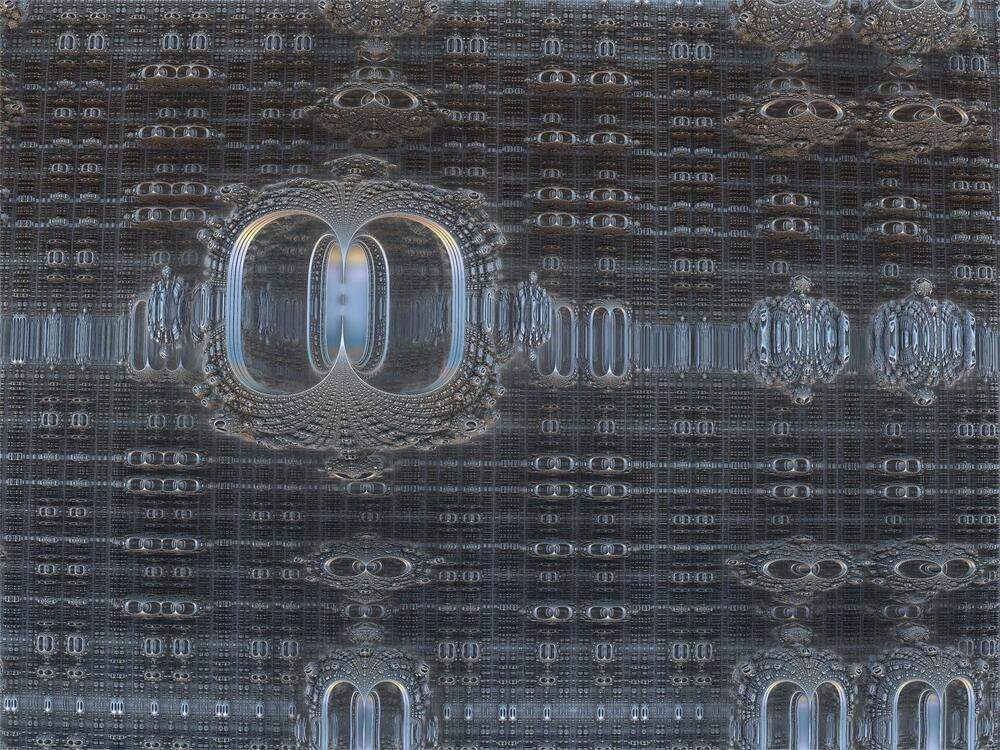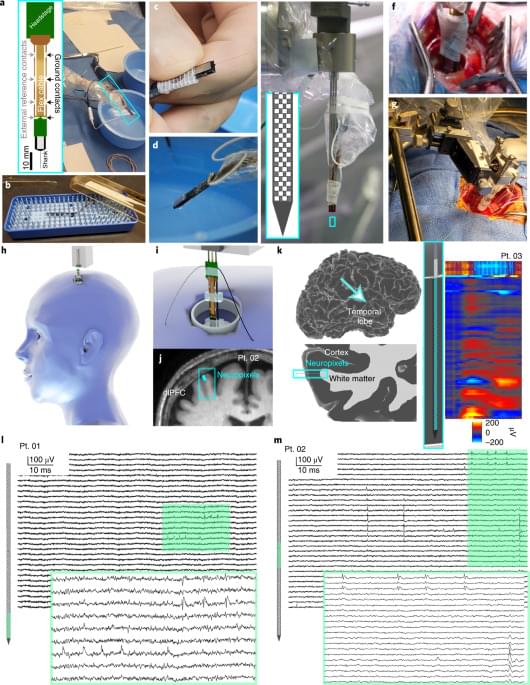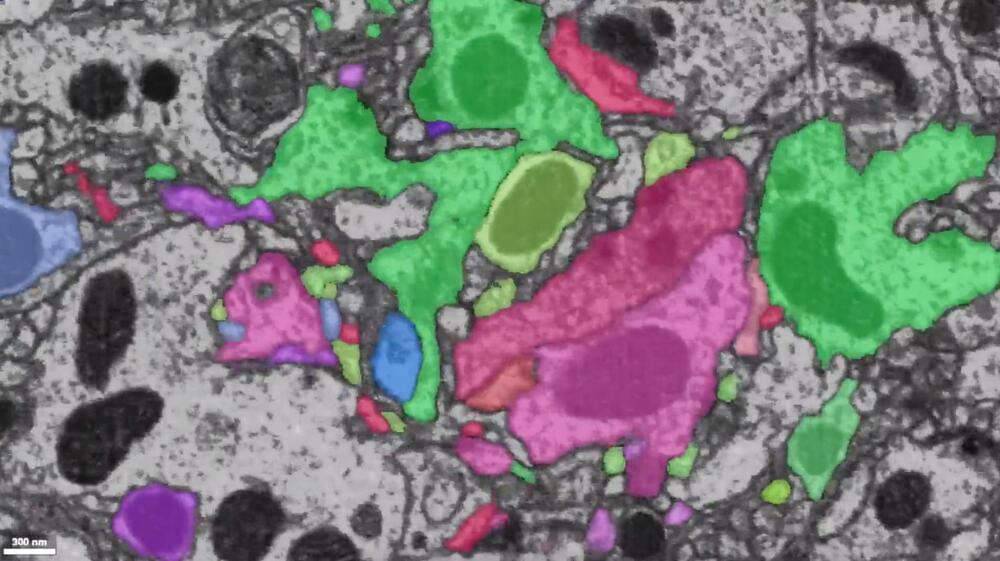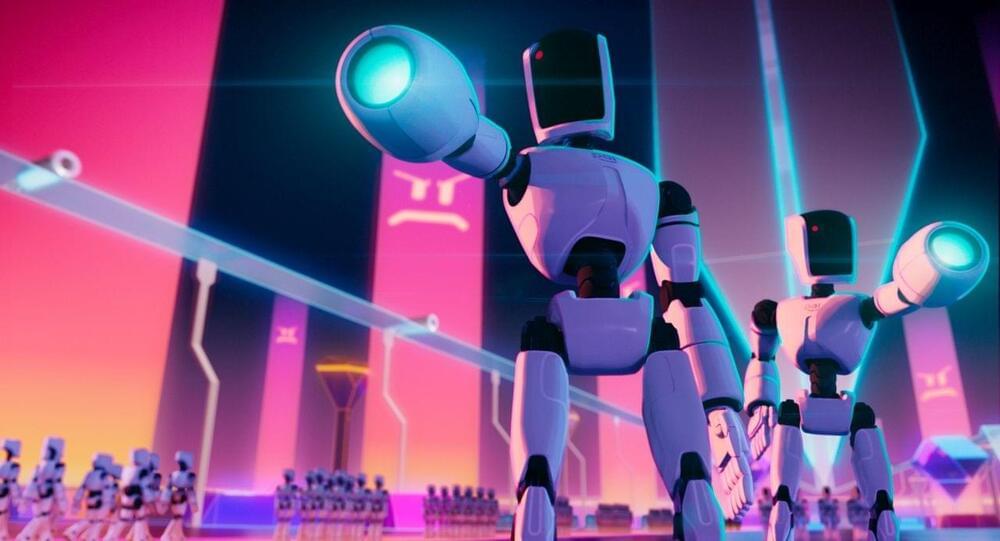NOTE FROM TED: Research around aging discussed in this talk remains an ongoing field of study. Please do not look to this talk for health advice. TEDx events are independently organized by volunteers. The guidelines we give TEDx organizers are described in more detail here: http://storage.ted.com/tedx/manuals/tedx_content_guidelines.pdf.
Have you ever wondered how long you will live? And if so, how could you change that number to live drastically longer? The science might be in your favor: follow David Sinclair, Australian biologist and professor of genetics at Harvard University, as he shares his research on slowing and reversing the process of aging in mice, and how the same technology may someday be transferable to humans. David Sinclair, Australian biologist and professor of genetics at Harvard Universityhis insightful research into the science of age reversal and anti-aging medicine.
David Sinclair, Australian biologist and professor of genetics at Harvard Universityhis insightful research into the science of age reversal and anti-aging medicine. This talk was given at a TEDx event using the TED conference format but independently organized by a local community.







